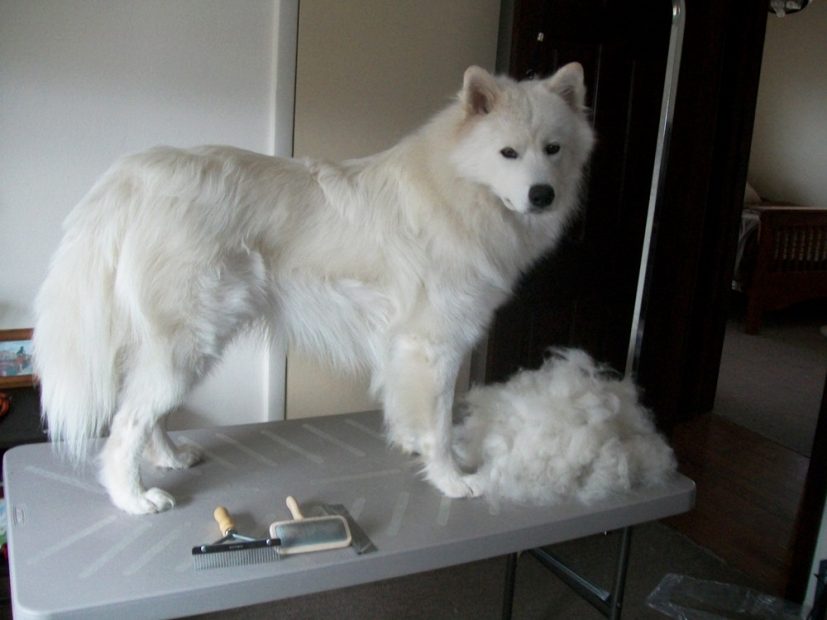Brushing your dog is essential for a healthy coat and skin. It removes dirt, prevents tangles and spreads natural oils. Yet many dogs don't like it. Some love it, others tolerate it, but most prefer to run away as soon as they see the brush. Fortunately, with patience and positive training, you can teach almost any dog to enjoy brushing.
Before you begin: make sure you are properly prepared
First, check that your dog has no medical problems or skin irritations. Dogs with bacterial infections, for example, may experience pain when touched. If in doubt, seek advice from your veterinarian. Always use a brush that suits your dog's coat - brushes that are too hard or metal pins without protective caps can be painful. Tangles? Use an anti-knotting spray and a soft brush. For severe tangles, it's better to call in a professional groomer.
Step 1: Get your dog comfortable with the brush
The first step is to associate the brush with something positive, such as a treat or toy. Let your dog quietly sniff the brush. Place it on the ground with a few treats attached. Reward your dog as soon as he shows interest, without trying to brush. This way he will learn that the brush announces something pleasant.
Repeat this a few times, even while holding the brush. Let him watch or sniff it quietly, then give him a treat and praise him lavishly. Don't force anything - the goal is for the dog to feel completely comfortable with the presence of the brush.
Step 2: Start with light touches
If your dog remains relaxed at the sight of the brush, you can begin gently touching. Touch him briefly in an area where he feels comfortable, such as the chest. Reward him immediately. Don't actually brush yet, but build up the touch slowly. Once he remains calm, you can make one or two gentle strokes on different parts of the body. Keep it fun and reward each time.
Step 3: Build up to regular brushing
If your dog enjoys gentle brushing, you can slowly expand it to a regular routine. Pay close attention to signals of discomfort or stress - if your dog runs away, you're going too fast. Keep sessions short (a few minutes a day) and positive. Short, daily sessions work much better than one long brushing session a week.
Don't deal with large tangles right away when your dog is still getting used to them; it can be painful. And remember: frustration or anger is counterproductive. Make brushing a moment of peace and connection between you and your dog.
Brushing as a moment of relaxation
With patience and positive reinforcement, almost every dog learns to appreciate brushing. Thus, it becomes not only a grooming moment, but also a resting moment full of attention and confidence. Want your dog to be well groomed outside of brushing times? Find an experienced dog sitter via Petbnb who knows how to treat your four-legged friend lovingly.








